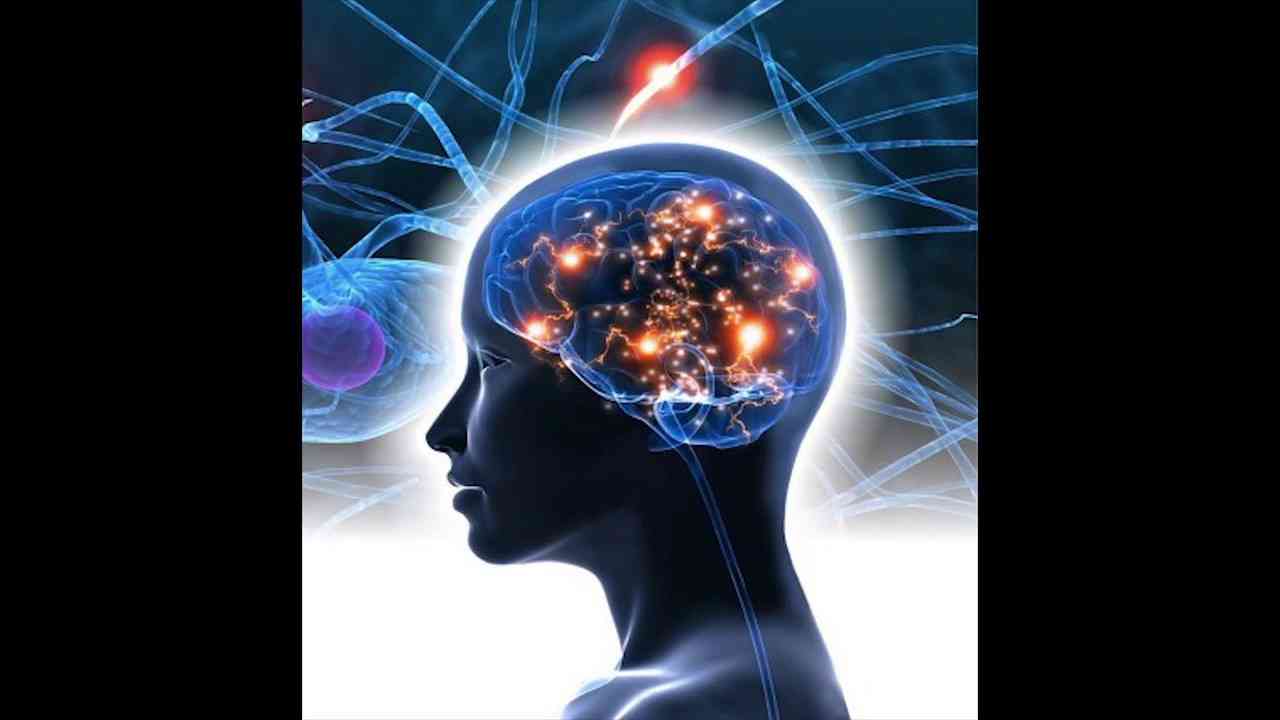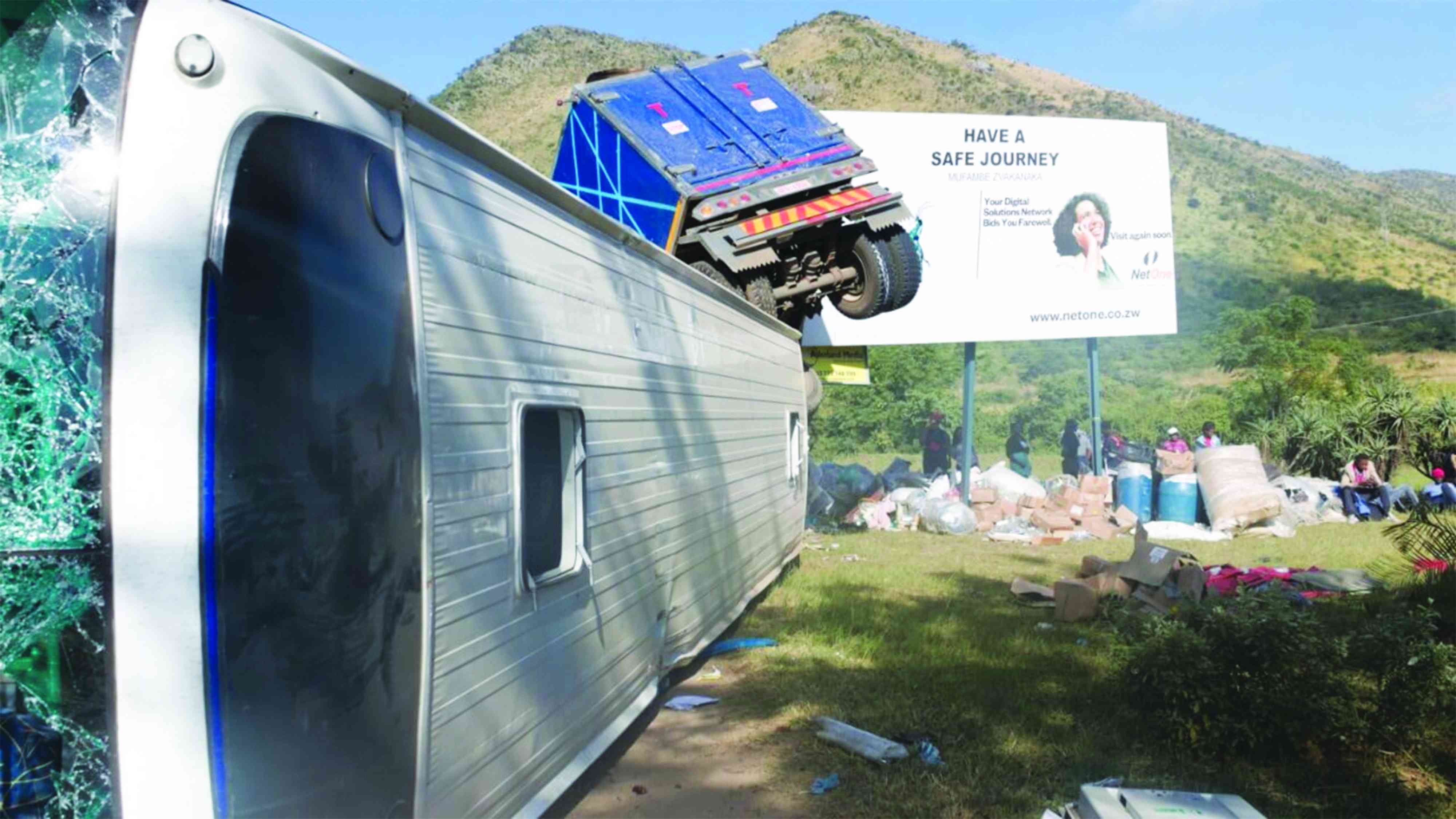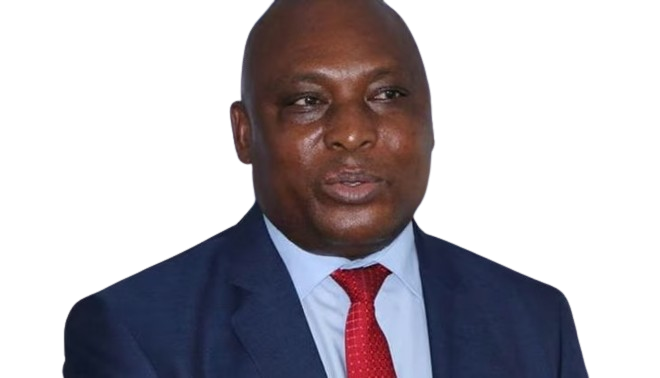
OVER the last 10 years a lot has happened and changed. In those 10 years, I have been studying, researching and investigating what makes one a great leader. In that quest, I also found the viruses that infect and destroy leaders. A product of those 10 years is a book called, A call to Leadership Agility, where I interviewed several leaders across the different fields and walks of life.
It is emphasised in the book that in real of corporate leadership, the chief executive officer (CEO) stands as the peak of authority and responsibility. Yet, even the most seasoned executives can fall prey to various dysfunctions that hinder both personal effectiveness and organisational progress. Here are 10 dysfunctions often observed in CEOs, along with strategies to overcome them
Micromanagement madness
If one is micromanaging, they are using excessive supervision and control. It can produce results in the short term, but it has some negatives. CEOs who micromanage stifle creativity, demoralise employees and impede progress. How do we overcome it? Delegation is key; empower your team and trust their capabilities. I love how John C. Maxwell puts it across. He said: “Teamwork makes the dream work, but a vision becomes a nightmare when the leader has a big dream and a bad team.”
Visionary vagueness
The bible says “Where there is no vision, the people perish…” (Proverbs 29: 18). Vision is important and the lack thereof is cataclysmic. One painful thing to any follower is to be led by someone without a vision. The lack of a clear vision leads to confusion and disarray within the organisation. So, the CEO has to define a compelling vision, communicate it effectively and ensure alignment throughout the company.
Communication collapse
Every CEO has to learn strategic communication. Ineffective communication breeds misunderstandings, conflicts and missed opportunities. Cultivate open, transparent communication channels to foster collaboration and unity.
- Re-imagining the workplace: Google and other company visions
- New arts festival set for Nyanga
- Re-imagining the workplace: Google and other company visions
- Covid-19 centre turned into a maternity ward
Keep Reading
Decision paralysis
Ideas make a company. These ideas come from making decisions. Albert Einstein once said: “Imagination is everything. It is the preview to life's forthcoming attractions.” Without imagination the future can be boring. Indecisiveness in a CEO can strangle and stagnate progress and erode confidence. Develop a framework for decision-making, gather relevant information and trust your instincts to make timely and informed decisions.
Ego eruption
Power comes with pride. Overbearing egos can alienate employees, stifle dissent and inhibit innovation. A CEO has to practice humility, actively seek feedback and prioritise collective success over personal accolades.
Strategic short-sightedness
Focusing solely on short-term gains neglects long-term sustainability and growth. Adopt a strategic mindset, anticipate future challenges and invest in initiatives that yield sustainable results.
Culture crisis
I recommend a book called, No Rules Rules, to every leader who wants to master the power of culture. Ignoring or neglecting organisational culture can lead to toxicity and employee disengagement. Nurture a positive culture that values diversity, inclusion and employee well-being.
Resource mismanagement
Every organisation has resources at its disposal. This includes human, financial and material resources. Misallocation of resources can drain finances and hinder operational efficiency. A CEO has to implement robust resource management systems, prioritise investments wisely and regularly evaluate performance metrics.
Innovation inertia
Warren Bennis, in his book called, Why Leaders Can't Lead, points out that resisting change is futile just like trying to resist the weather. Resisting change and clinging to outdated practices stifles innovation and inhibits competitiveness. Foster a culture of innovation, encourage experimentation and embrace adaptive strategies to stay ahead of the curve. Remember, a CEO is meant to think and innovate.
Burnout bubble
At times as leaders we focus on results at the expense of our health. Overworking without proper self-care jeopardises both personal health and organisational effectiveness. Prioritise work-life balance, encourage a culture of wellness and lead by example in prioritising self-care.
Parting point
While CEOs hold immense power and influence, they are not immune to various dysfunctions that can impede their effectiveness and hinder organisational progress. By acknowledging these dysfunctions we find solutions on how to overcome them.
We can overcome these dysfunctions through self-awareness, continuous learning, and a commitment to personal and organisational growth.
Additionally, CEOs must be agile and cultivate a leadership style that inspires excellence, fosters innovation and drives sustainable success in their company.
Jonah Nyoni is an author, speaker, and leadership trainer. He can be contacted on X @jonahnyoni. WhatsApp: +263 772 581 918











